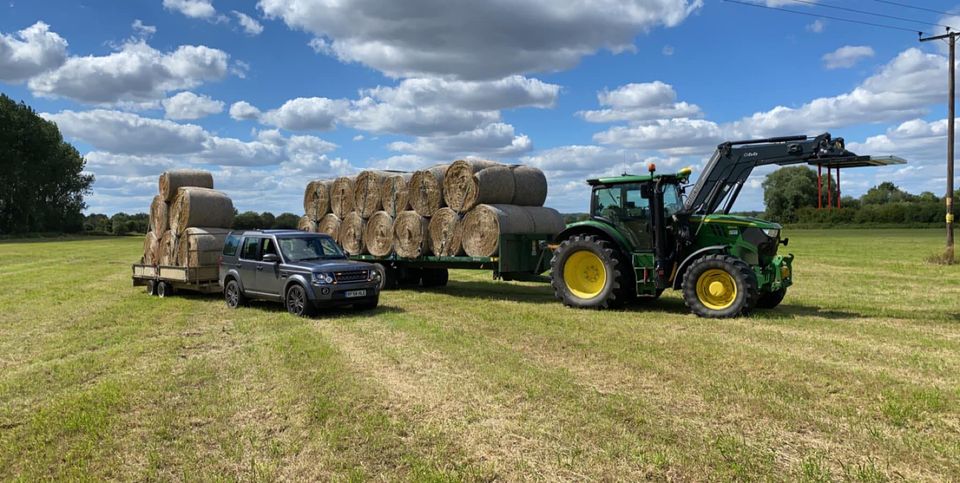Geddington Farms
About 20 years ago we changed combines on to, in our case, Lexions, which had a capacity way beyond anything that we had previously been used to. We had seven main grain stores on various farms, and none of the intake systems were capable of handling the output of one Lexion, let alone two. The stores themselves were all 20-30 years old, so we took the opportunity to look at how we handled and stored combinable crops.
Our first thought was to build our own central store, but we soon realised that considerably more tonnes than we produced would be needed to make such a scheme viable. At the same time, coincidentally, our local NFU branch were looking into the same thing, and they put out a questionnaire asking if anyone was interested. Within a very short time, and with the enthusiastic support of Rob Sanderson of Openfield, a Northamptonshire steering group was formed, and interested parties were invited to put in £1 per tonne of their possible requirement to provide some funding to research the project more deeply. We soon realised that the overheads involved in a 20-30000 tonne store were massive, and probably untenable At this point Rob suggested that we approach Camgrain for advice, which we did, and Hugh Wiseman and Philip Darke came and presented to everyone who had expressed an interest. By the end of the meeting, we were all convinced that we should join Camgrain, and let them manage the project, and that is exactly what happened.
Shortly after that meeting, we had a very wet harvest, and, as a result of our own stores inability to keep up with a Lexion, we had 1500 tonnes of wet wheat sitting on concrete surrounded by big bales. I rang Philip Darke to see if Camgrain might help, and he said that as soon as they received £40 per tonne as the first payment for storage, it would be moved, dried, and safe within four days. With no alternative, we paid the money, and, true to Philip’s word, 1500 tonnes, which we were in danger of losing altogether, were safely in store at CAPC. Shortly after this I found myself elected to the Camgrain board, and we started looking in earnest for a suitable Northamptonshire site. After many false starts, a superb site was offered to us by the Duke of Buccleuch’s agent, on behalf of Boughton Estate, and that site is now NAPC.
Membership of Camgrain has revolutionised our own businesses—we no longer have large lumps of capital tied up in specialist grain stores, and we have been able to convert tired old buildings into all sorts of income producing uses, from offices to workshops to commercial pallet storage. It has also meant, as everything is committed to Camgrain pools, that we no longer spend hours and hours hoping that we have sold right. We also no longer must check every store every week to make sure that our crops remain in good condition, and, of course, we don’t have to worry about possible rejections. Finally, and because it is not easy to quantify it is often ignored, Camgrain’s ability to clean, dry, and blend, means that virtually everything we send in attracts some sort of premium.
For the future, I am sure that Camgrain will continue to grow—during my time it has more than doubled its storage capacity and installed sophisticated cleaning plants. In the grain business I continue to believe that size is very important; the bigger we get, the nearer we get to being price “makers” rather than price “takers”. Along with increasing size in total tonnage terms, the future must be doing more work downstream to the products it stores, so that it moves into the field of supplying ingredients rather than commodities. This policy has huge advantages; the first is to capture more of the added value for Camgrain members; the second is to make it more difficult for anyone to compete, whether domestic or world suppliers; and the third is to enable Camgrain to supply vendor assured, just in time deliveries, and to charge accordingly. There are also doubtless going to be more opportunities to have processors alongside Camgrain’s sites, once again adding value.
My dream for Camgrain is for the business to handle at least a third of the UK’s combinable crops, and to supply at least half of this as ingredients to food manufacturers.





